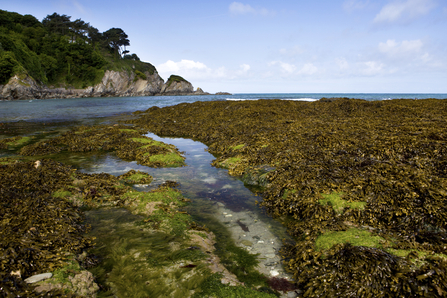The IUCN World Congress is well underway. This gathering acts as a hub for the latest thinking on biodiversity conservation and recovery, climate adaptation and indigenous knowledge.
One panel discussion has been addressing the risks of climate overshoot.
It’s no secret that the climate system is in deep trouble. Current projections show that Governments are unlikely to hold climate change to 1.5-degree rise (
A panel of international experts addressed how nature-based solutions can both:
- reduce that temperate rise (by reducing emissions to the atmosphere or by reducing greenhouse gases in the atmosphere), and
- help to adapt to the consequences of climate overshoot


